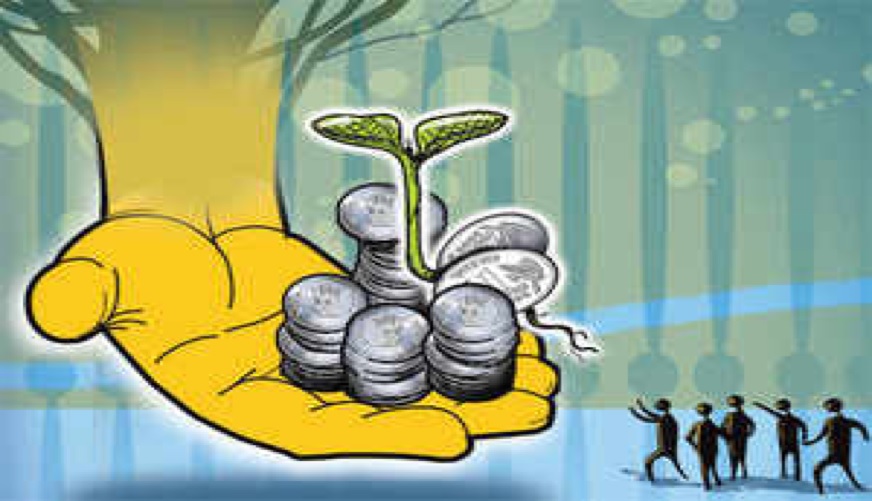Sri Lanka seems to ba land of loans bur it’s not alone as many are still lending. seeks recovery a These loans offer hope, but challenges remain.
Sri Lanka grappled with a heavy reliance on loans, particularly between 2016 and 2022. This period saw foreign debt skyrocket, from $11.3 billion in 2005 to $56.3 billion in 2020, becoming unsustainable.

Sri Lanka has been tied into a vicious circle of debt servicing: in recent years, over 40% of government spending was paying off interest on its foreign debts
The country has resorted to borrowing to repay existing debt, creating a vicious cycle.
Restructuring Debt :
However, Sri Lanka defaulted on foreign loans in early 2022 and is now actively restructuring its debt and seeking new pathways to economic stability. This includes securing a loan from the International Monetary Fund (IMF) in 2023 for $3 billion, spread over four years, to support its economic and reform program. Additionally, Sri Lanka reached preliminary agreements with creditors to restructure existing debt, aiming to reduce the burden and create a more sustainable financial path.
Despite the recent crisis, some lenders are extending new credit to Sri Lanka. Their motivations vary:

Calculated Risk: With the IMF loan and restructuring efforts, some lenders see a chance for Sri Lanka’s recovery and eventual repayment, potentially earning them interest.
Strategic Investment: Others view extending loans as a strategic investment in Sri Lanka’s long-term potential, hoping to benefit from its future growth.
Specific Loan Conditions: Some loans, like the $200 million ADB loan in December 2023, are tied to specific reforms, like improving water management, potentially addressing issues that contributed to the crisis.
Humanitarian Considerations: Lenders like the IMF might be motivated by humanitarian concerns to help alleviate immediate suffering and prevent the crisis from worsening.







